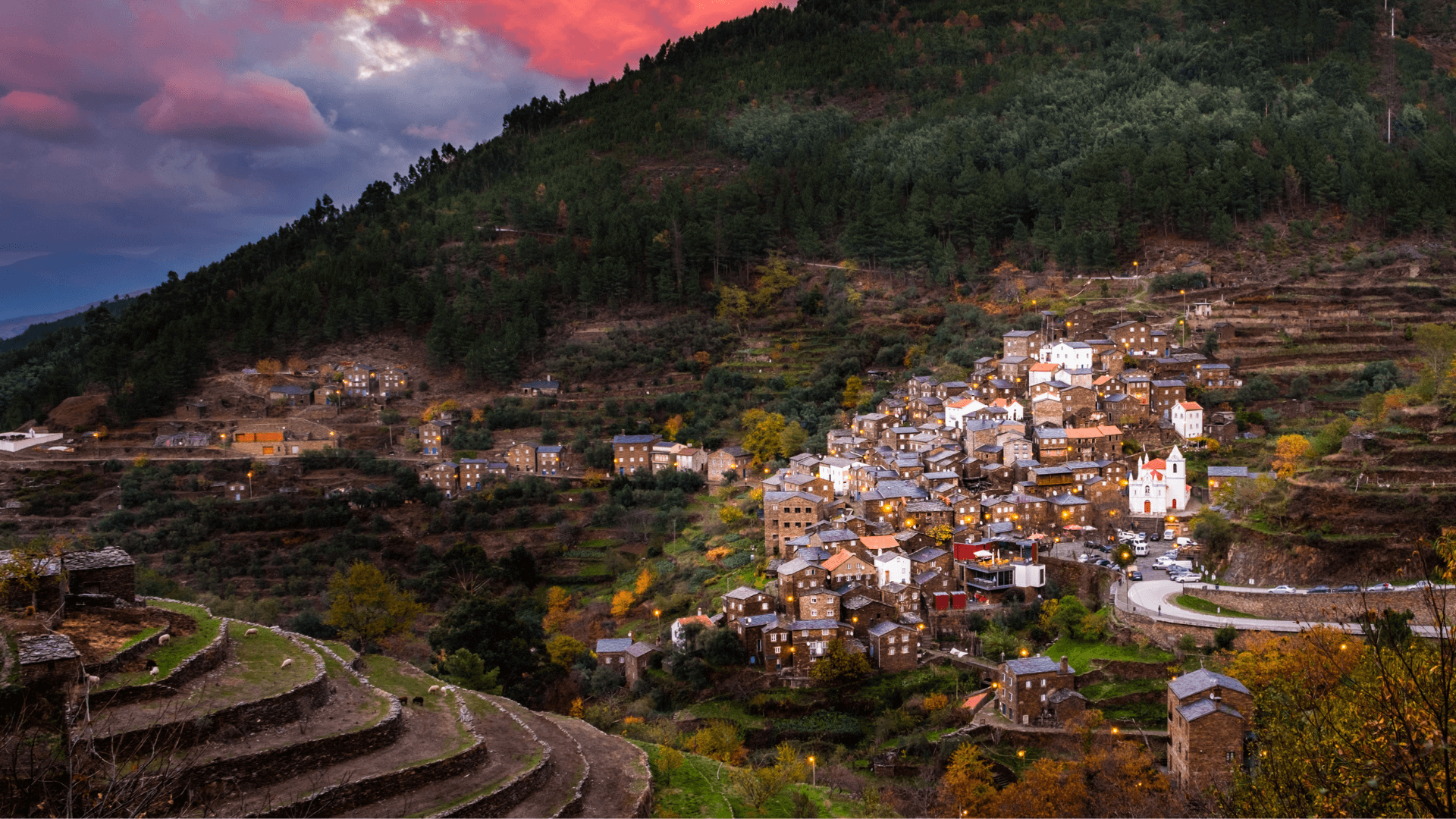Located in the country's central region, the Historical Villages of Portugal are an excellent destination for a trip with family, friends or even as a couple.
If you want to relax and enjoy stunning natural landscapes, the 12 Historical Villages are located in some of the country’s most beautiful natural parks. Classified as World Heritage sites by UNESCO, they include the International Douro Natural Park, the Archaeological Park of the Côa Valley, the Tagus International Natural Park and the Serra da Estrela Natural Park.
This is also the perfect place to visit castles and other monuments and to discover more about the history and culture of Portugal. Here you will find good food, hospitable people and lots of traditions.
For those who enjoy walking, an excellent way of exploring the area is to hike the Great Route of the Historical Villages of Portugal, which has the Leading Quality Trails - Best of Europe seal: a certification that highlights the best walking destinations in Europe. The GR22 - The Great Route of the Historical Villages of Portugal, which links the country’s 12 Historical Villages, also has a wide network of cycling routes.
Historical Villages of Portugal: get to know these 12 magical places
Almeida
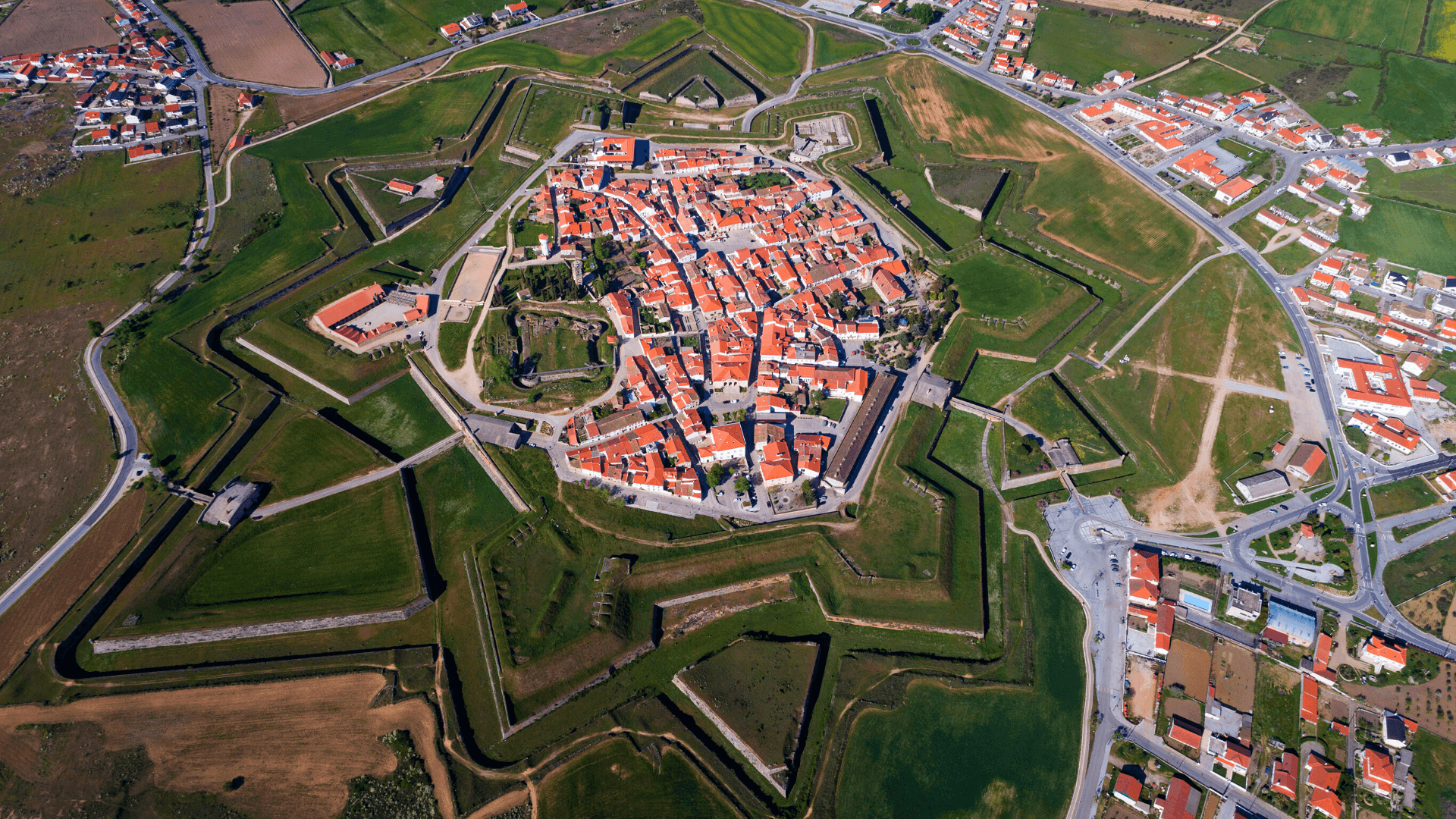
Almeida is a fortified town surrounded by a star-shaped stone wall – from the air it resembles a 12-pointed star. Battles such as the Restoration War in the 17th century and the French Invasions in the 19th century were fought here.
Don't miss a visit to the old Cavalry Barracks, also known as Santa Bárbara Barracks; the Casa Brasonada Brigadeiro Vicente Delgado Freire (House with coat of arms – Brigadier Vicente Delgado Freire); or the Casa da Câmara (Chamber of Commerce), a 16th century building, where you can see a Manueline coat of arms with the town's coat of arms.
If you want to explore the surrounding area, visit the stunning Côa River Valley, or the International Douro Natural Park, where the Douro River separates Portugal from Spain.
As well as a flora consisting predominantly of holm oaks, juniper woods, cork oaks and clusters of Pyrenean oak, the International Douro Natural Park hosts several bird species, threatened with extinction at a national and international level, such as the Egyptian Vulture or the Black Vulture, which was chosen as the symbol of this park.
Belmonte
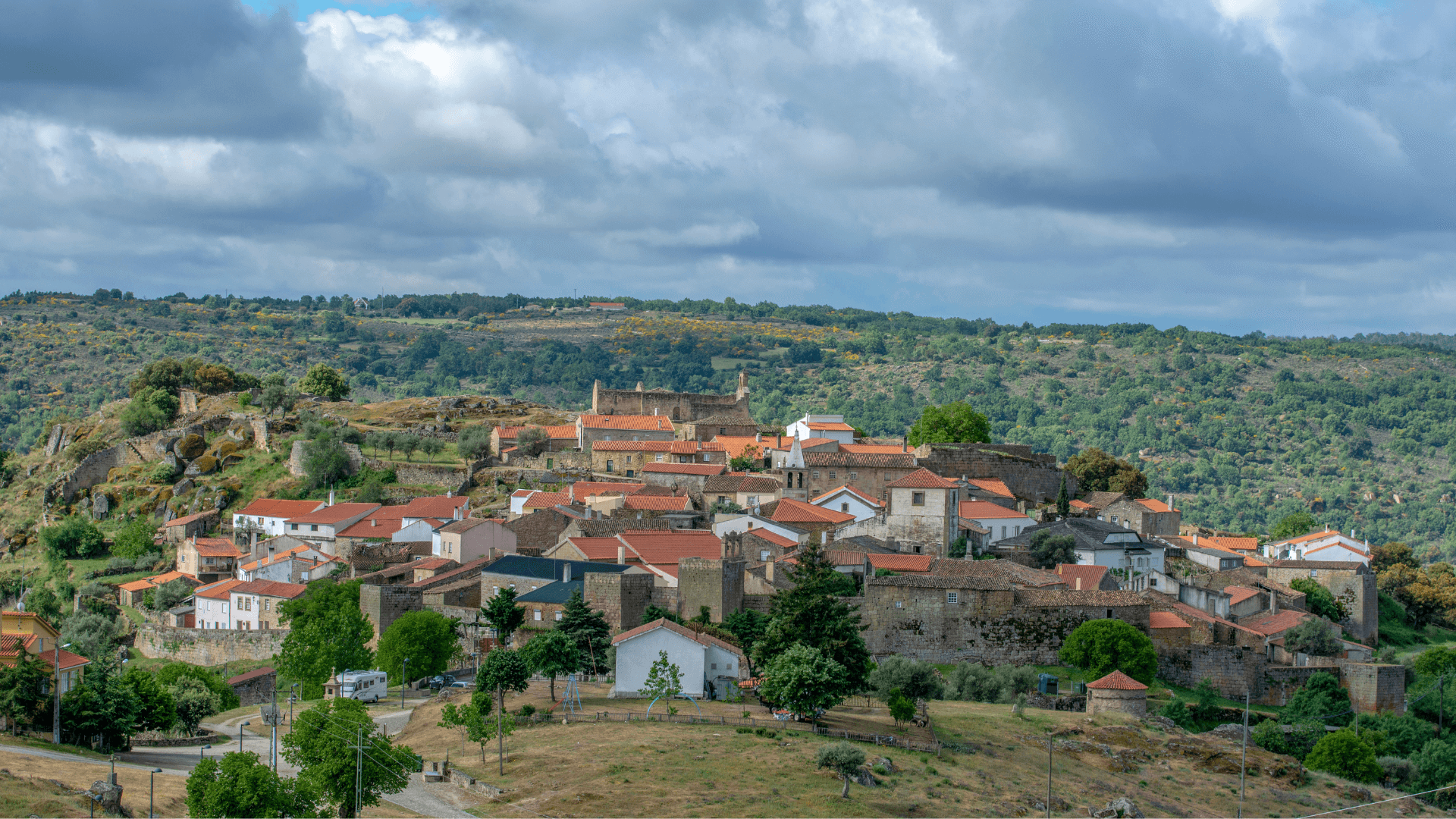
On the left bank of the Zêzere River, on the slopes of Serra da Estrela, lies the beautiful Historical Village of Belmonte.
For those visiting the land of Pedro Álvares Cabral, you can't miss the Belmonte Castle, which dates back to the 18th century, the Discoveries Museum, the Cabral family Pantheon and the Church of Santiago and its Pietà, praised by Portuguese novelist and Nobel laureate José Saramago in his book “Journey to Portugal”.
Belmonte is also known as the Portuguese village with the largest Jewish community. To learn about the history of the Jews in Portugal, their integration in Portuguese society and their important contribution to culture, art, literature and commerce, visit Belmonte's Jewish Museum, in Rua da Portela.
A few kilometres away from Belmonte, you can explore the Serra da Estrela Natural Park. In winter, you can enjoy the snow and go skiing or snowboarding. And in summertime, you can walk in nature and enjoy the peace and beauty of the region's river beaches and lagoons.
Don't forget to taste some of the area's most typical dishes, such as roast kid, kid stew, chanfana (stewed goat with pork), or Belmonte’s traditional sweets, such as cinnamon cake, egg pudding and filhós (fritters).
Castelo Mendo
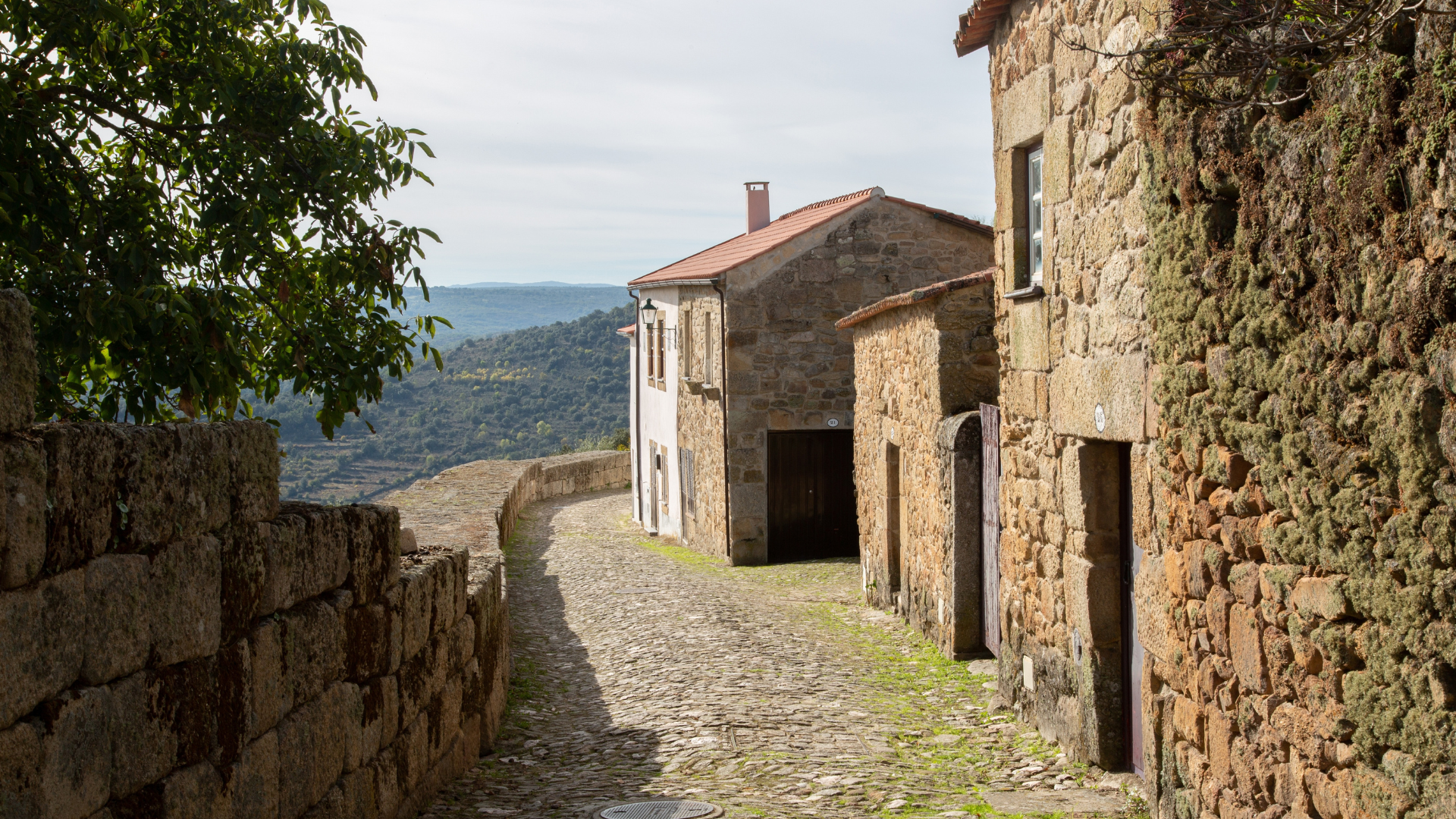
This charming Portuguese Historical Village is surrounded by medieval walls and has six entrance gates.
Here you will find extremely narrow streets with two-storey stone houses. Nearby you can enjoy the beauty of the Côa Valley and the Serra da Malcata Nature Reserve.
Castelo Novo
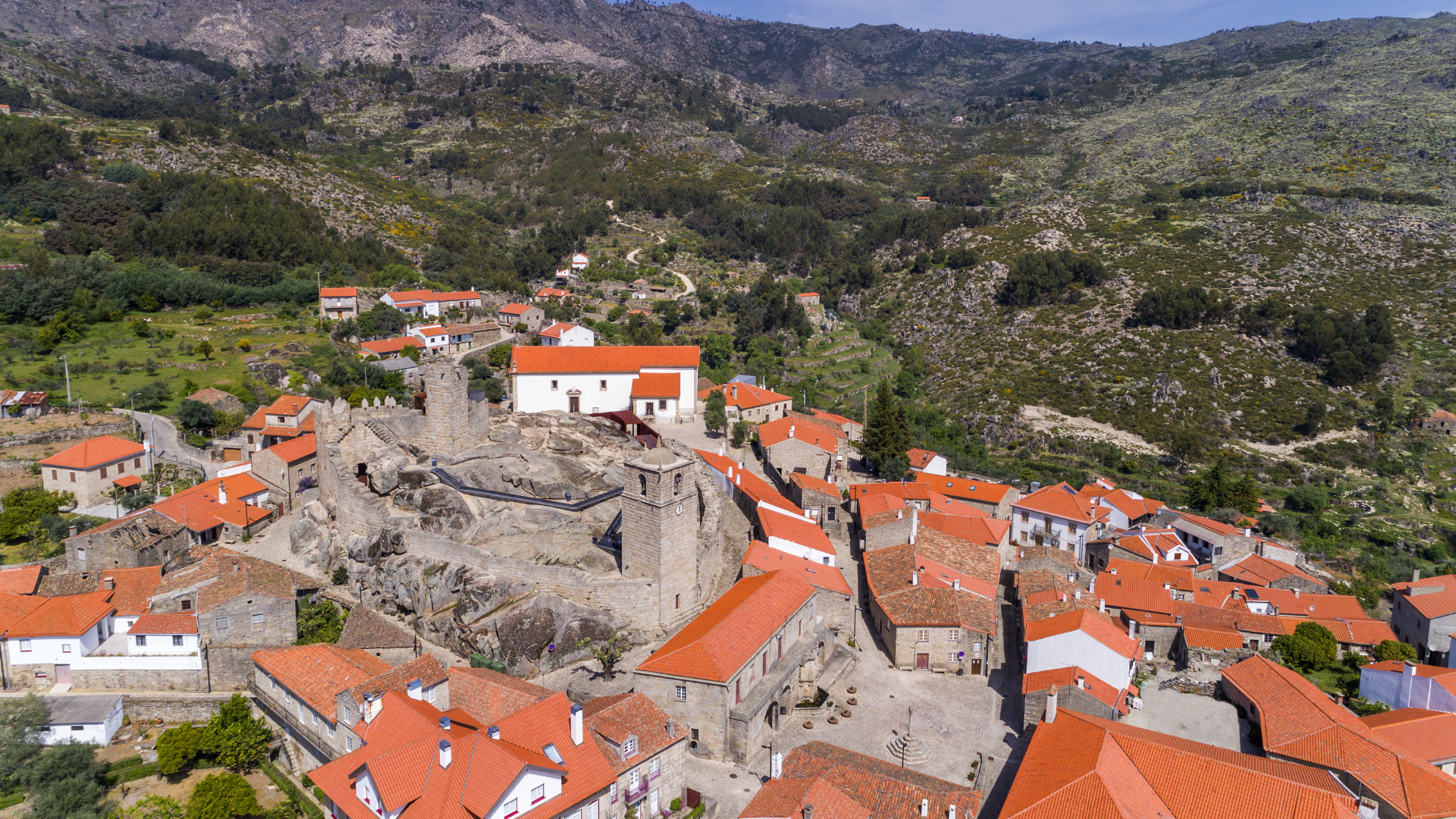
The Historical Village of Castelo Novo lies in the beautiful Gardunha mountain range. It takes its name from the castle, built in the 12th century, which was destroyed by the 1755 earthquake. The village was named "new" (“novo”) because its first castle was replaced by a "new" one, with better conditions for the defence of the area.
Don't miss the medieval Paços do Concelho building and the typical manor houses once owned by the region’s noble families.
As far as local cuisine is concerned, you have to try the toasted rice, the green eggs, the fried pumpkin, Picas de S. Brás, the squash pastry tarts and the tigeladas - a type of egg pudding.
Castelo Rodrigo
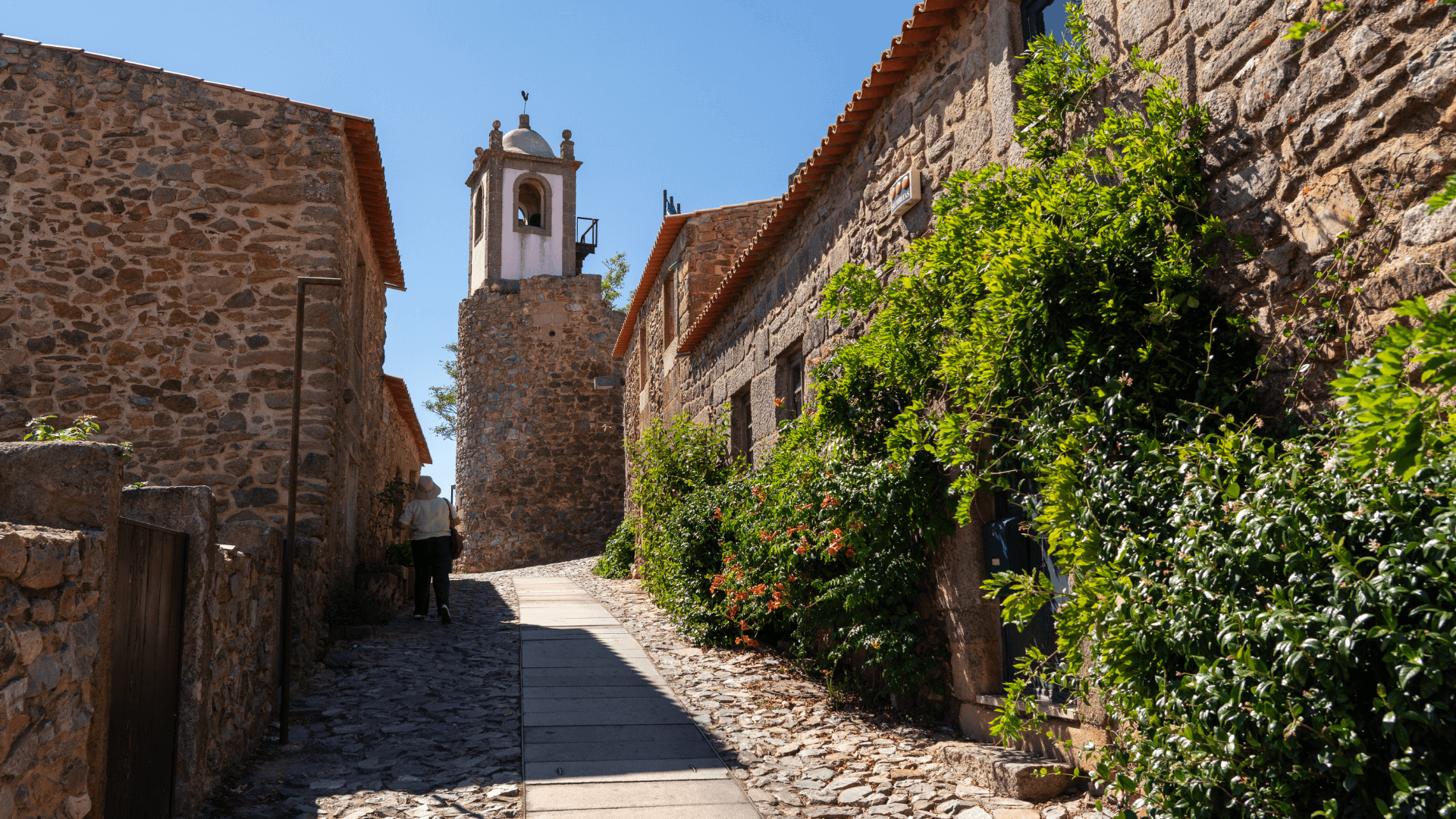
On one of the highest points of the Riba Côa region is the small Historical Village of Castelo Rodrigo. Here, besides the natural wonders, the amazing cuisine and the welcoming people, you will discover a unique historical heritage.
Explore the old walls, 16th-century pillory, main church, medieval cistern and the ruins of the Cristovão de Moura palace, which was burnt down by the people to avenge the treachery of Cristovão de Moura, who defended Castile during the Restoration of the Portuguese Independence.
Idanha-a-Velha
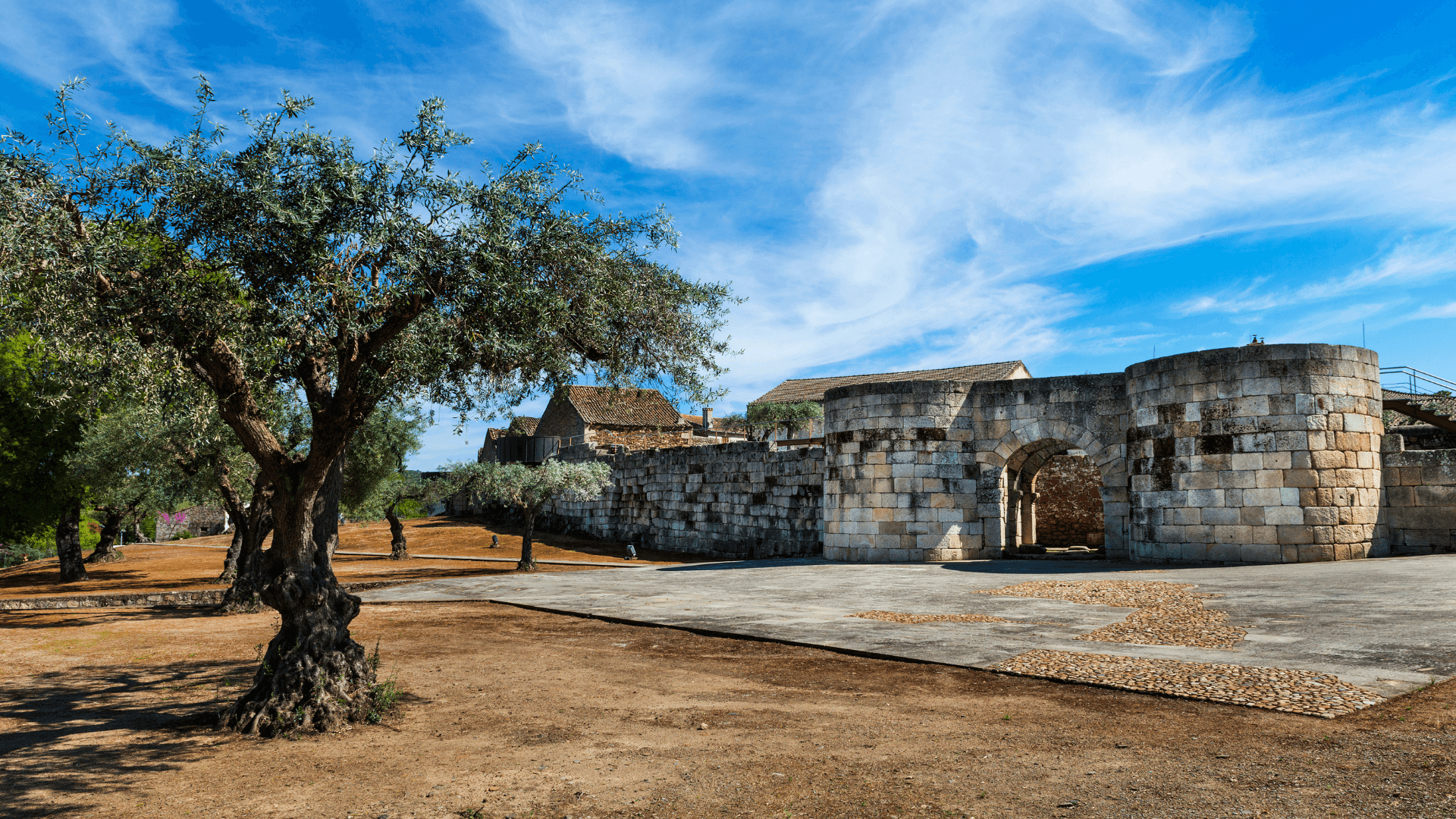
The Historical Village of Idanha-a-Velha is a true open-air museum, full of ruins and archaeological findings. This is one of the country’s oldest Historical Villages, having been founded by the Romans in the end of the 1st century BC.
After exploring the historical and cultural heritage of Idanha-a-Velha, you can also visit the Ichnological Park of Penha Garcia, located in the Ponsul River valley, or the Tagus International Natural Park.
Don't end your visit to this Historical Village without enjoying some of the region's delicacies. Try the wheat bread baked in the community oven, the rabbit rice, the kid, goat or sheep stew. End your meal with the borrachões, tasty biscuits whose ingredients include white wine and brandy.
Linhares da Beira
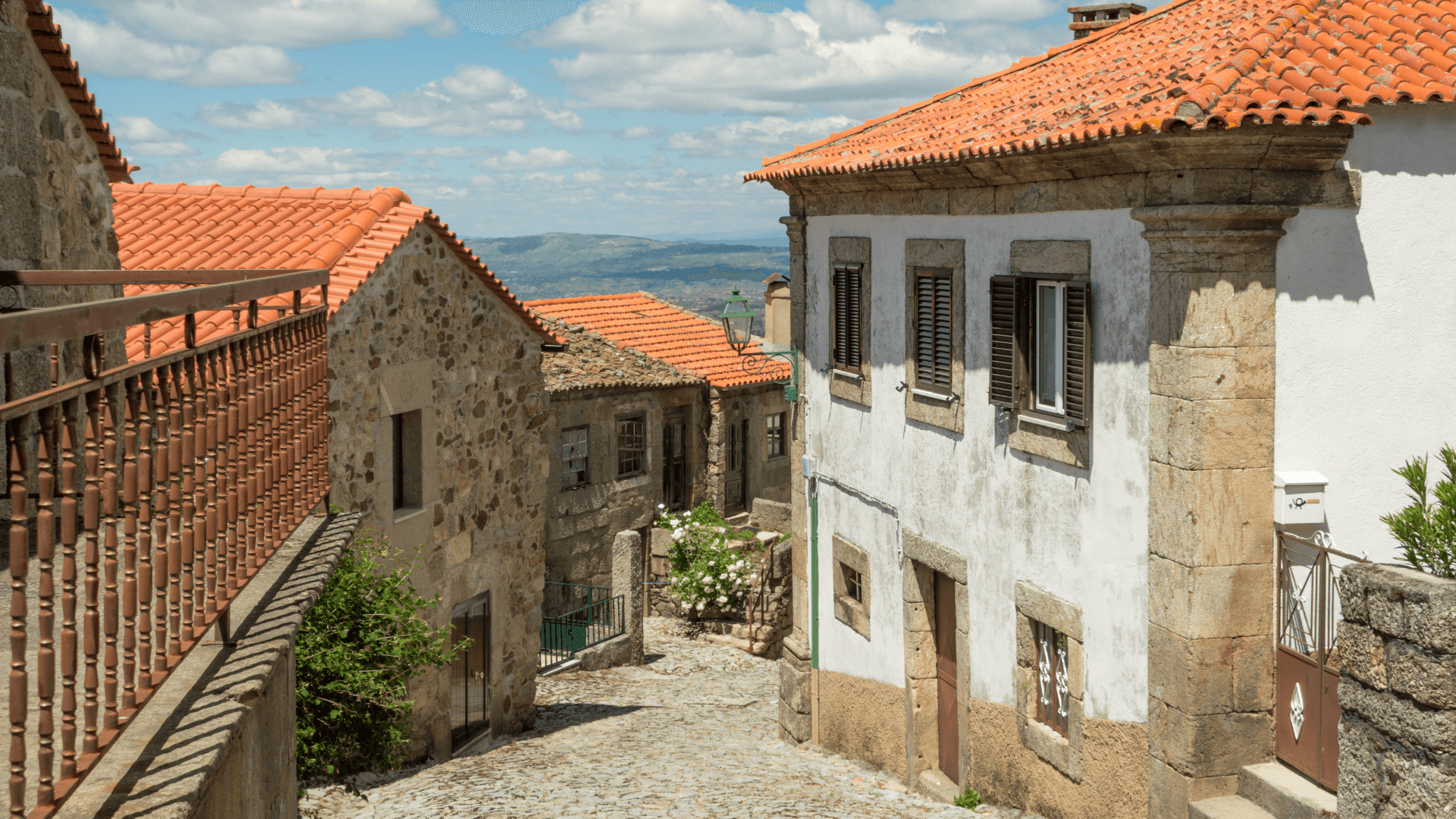
The Historical Village of Linhares da Beira is located in the municipality of Celorico da Beira and has a magnificent view over the Serra da Estrela and the Mondego Valley.
It received its first charter in 1169 from King Afonso Henriques and it was during the reign of King Dinis that the castle was built, which put the village on the map.
At an altitude of about 820 metres, Linhares da Beira Castle is composed of two towers, the Keep and the Clock Tower, and became a National Monument in 1922.
In this Historical Village it is worth visiting the Old Town Hall and Jail, a two-storey building bearing the coat of arms of Dona Maria I; the Barbosa Fountain; the Mergulho Fountain and the Forum, among others.
Marialva
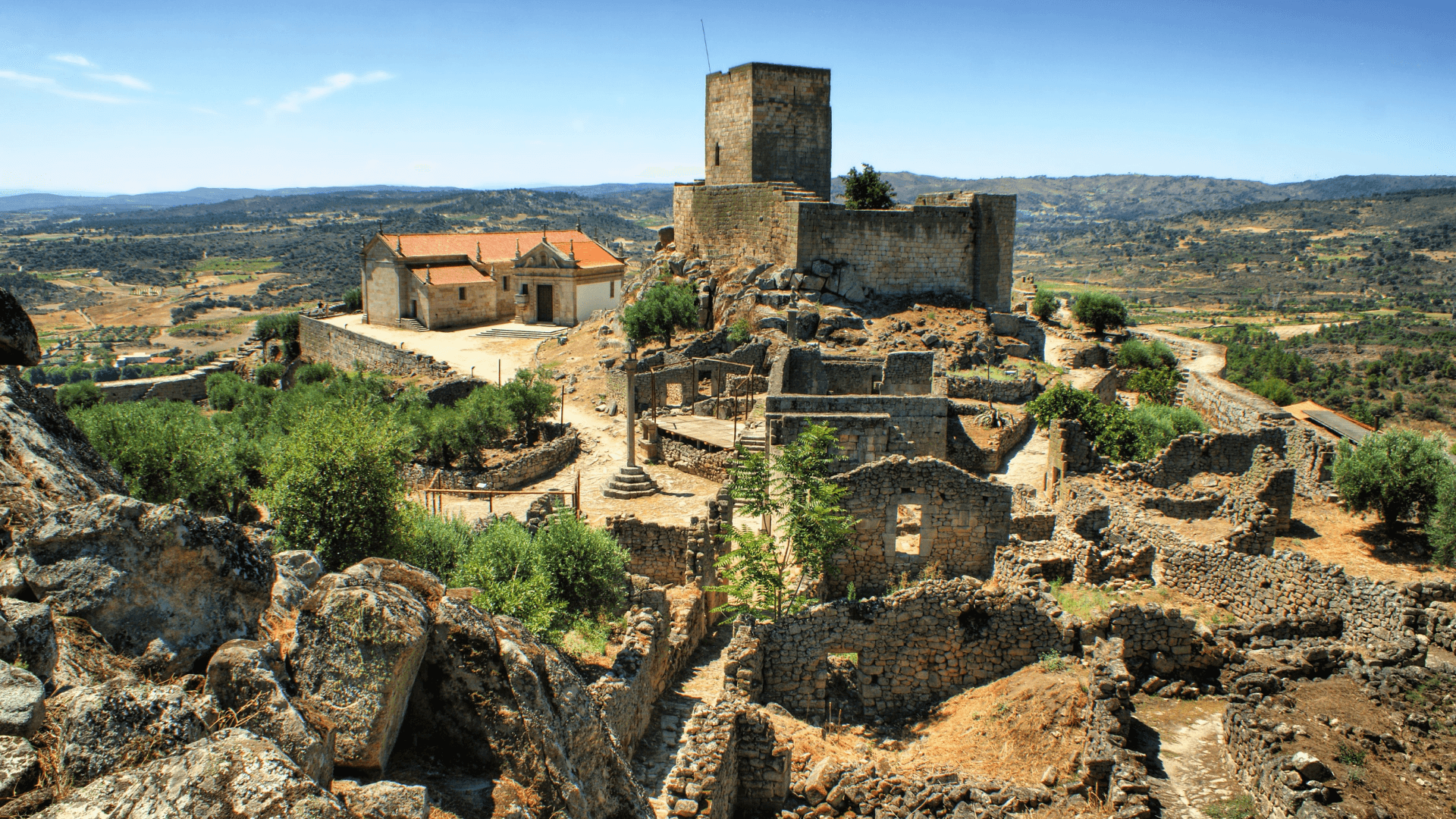
The beautiful Historical Village of Marialva stands on top of a hill surrounded by hills and cliffs. To get to know Marialva is to discover our country's ancestral roots.
Visit the Marialva Castle, which was considered a National Monument in 1978, walk along the ramparts, discover the pillory, the Keep, the Old Town Hall, the Lion's House and the Church of Santiago, known for its carved altarpiece and the Chapel of Senhor dos Passos.
The origin of the village's name is linked to the legend of "Maria Alva Pés de Cabra". You will be fascinated by the history and stories of this magical place.
Monsanto
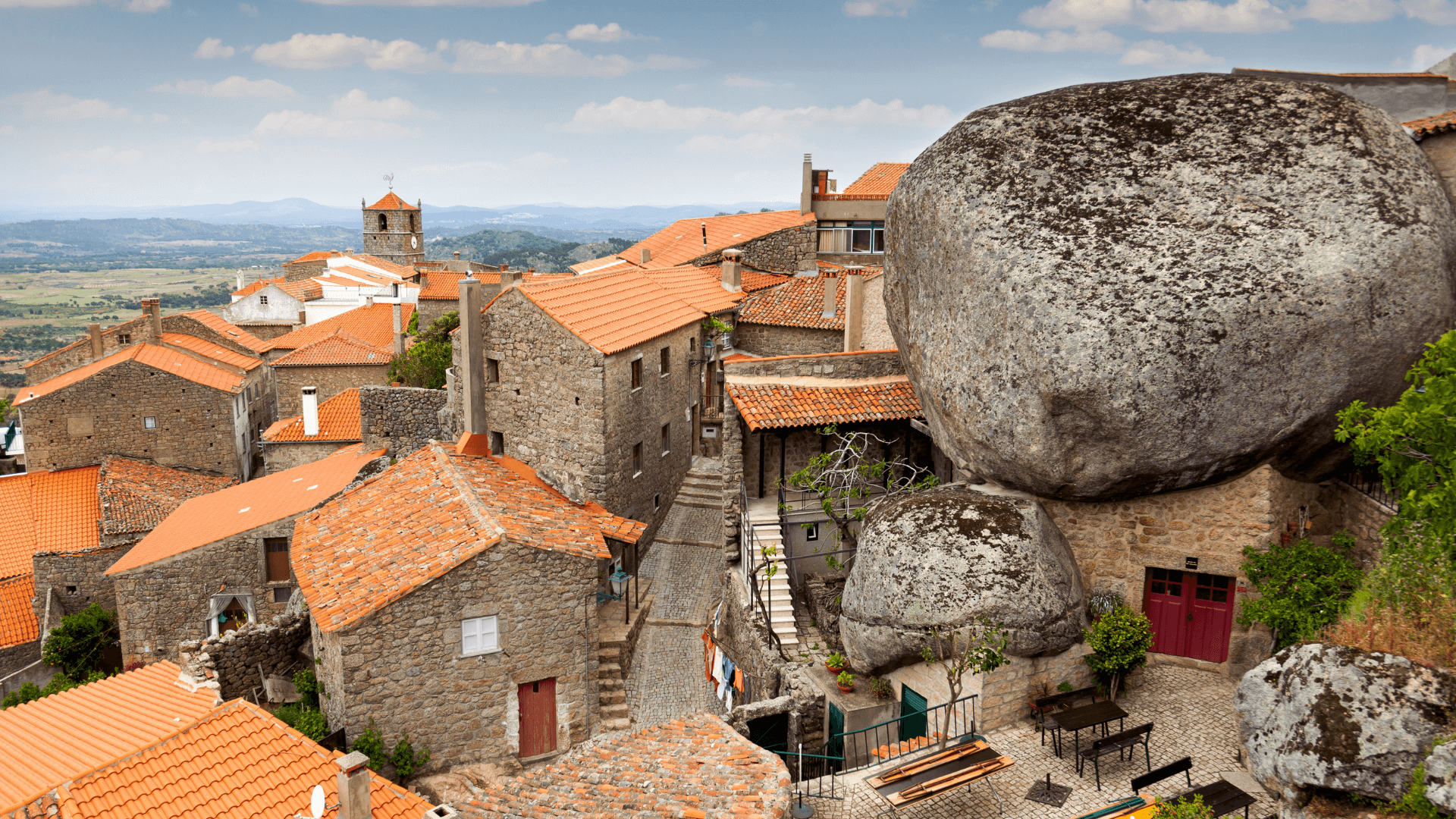
It was not by chance that Monsanto was chosen as one of the filming sets for House of the Dragon, the prequel to the famous series Game of Thrones.
The scenic and architectural beauty of this Historical Village is undeniably unique. Monsanto lies at an altitude of 750 metres, on the slope of a steep hill. The stony geography of the village contains picturesque houses, built on, under or in the middle of giant granite boulders.
Monsanto was also considered "the most Portuguese village in Portugal", and as a trophy received a Silver Rooster - the first and only to be awarded. In the Lucano Tower, you can still see a replica of the Rooster, won in 1938.
In this beautiful Historical Village, you can’t miss the ruins of São João Chapel, the Misericórdia Church, São Miguel Chapel from the 12th century and the Medieval Castle from the same period.
The Portuguese writer Fernando Namora lived and worked as a doctor in Monsanto between 1944 and 1946. His novel A Noite e a Madrugada (The Night and the Dawn) was inspired by this wonderful Historical Village, as well as its genuine people and stories. In the village, you can visit the House of Fernando Namora, a building that dates back to 1931, and his former consulting room.
Piódão
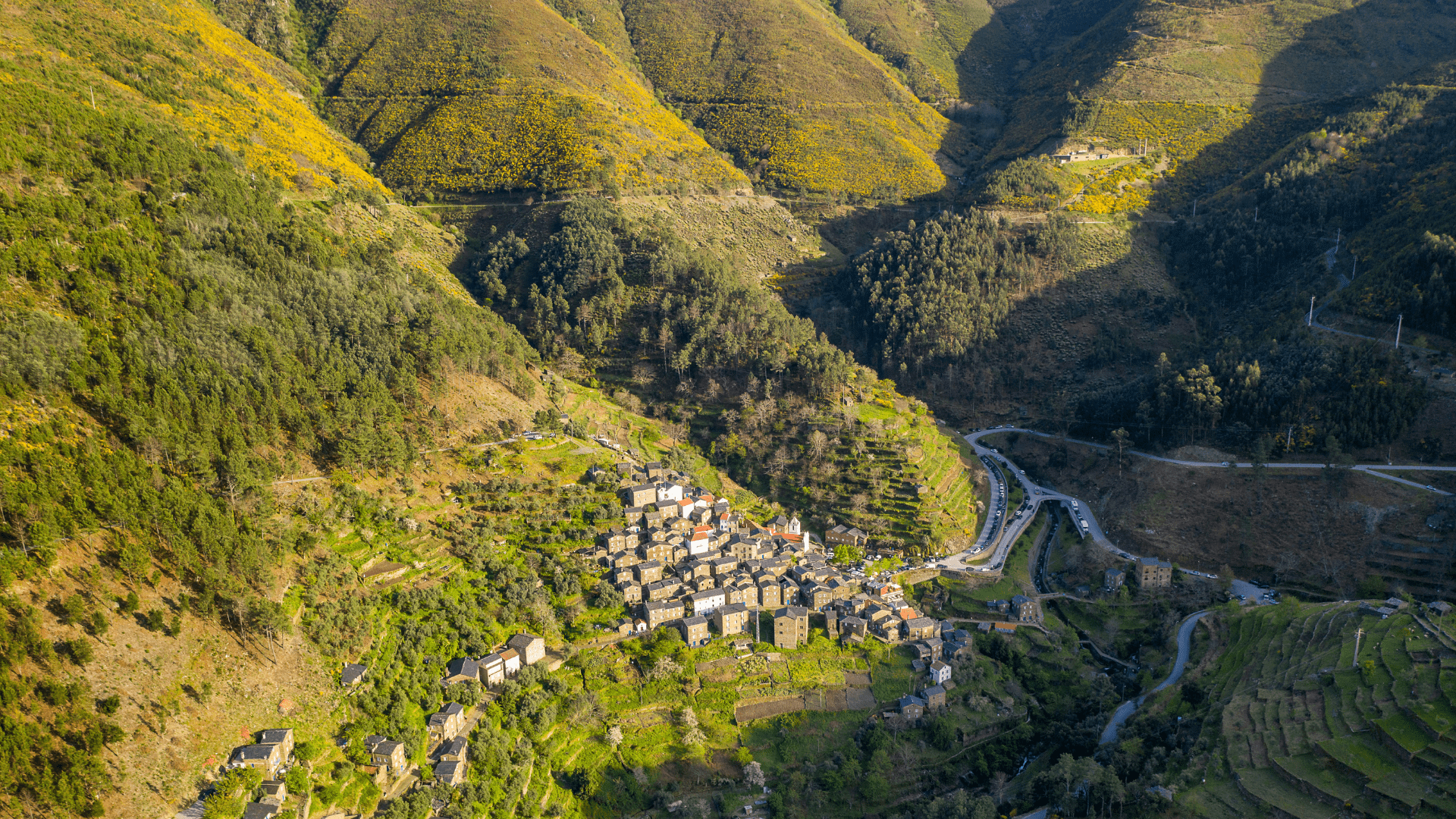
The beautiful Historical Village of Piodão lies in the heart of Serra do Açor, in the midst of exuberant vegetation and schistous slopes.
The schist houses, with their blue-painted windows and doors, contrast with the white main church, in an idyllic setting reminiscent of a nativity scene.
Don't forget to try the region's typical dish, chanfana (stewed goat with pork). You can also buy baskets or wooden spoons made by local artisans, or regional products, such as honey and brandy.
Sortelha
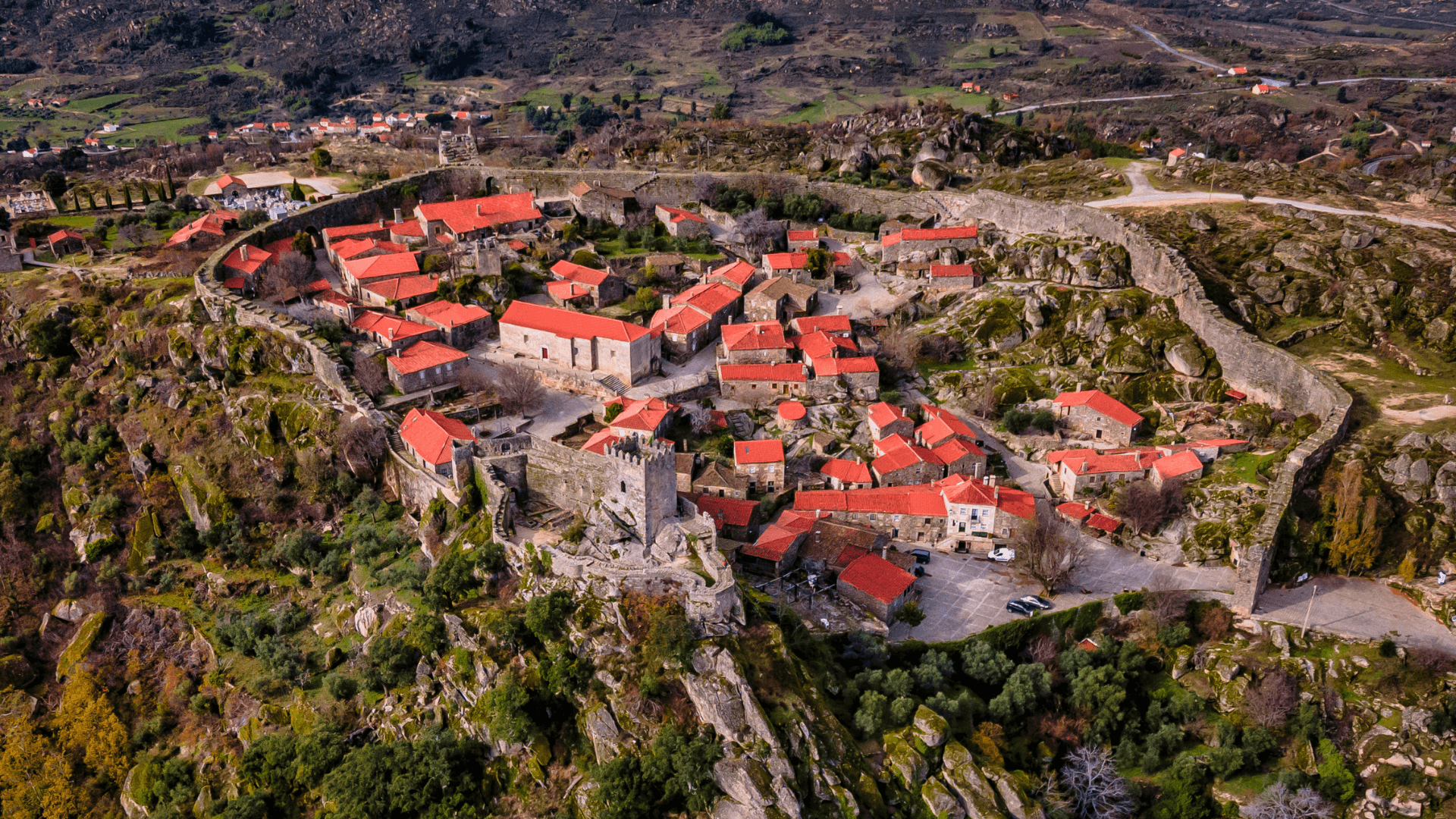
Sortelha is one of the oldest and most beautiful villages in Portugal. Visiting this place is an absolutely magical experience, as it is one of the most well-preserved villages in our country.
Don't miss the Castle, built in the 13th century, that stands on a magnificent rocky outcrop at an altitude of 760 metres; the pillory, which dates back to the 16th century; the old town hall and prison of Sortelha; the Bell Tower; the Way of the Cross Passage; the Governor's House and Arabic House.
If you visit Sortelha in September and want to take a trip back to medieval daily life, don't miss one of the best medieval fairs in the country - Muralhas com História ("Walls with History").
Trancoso
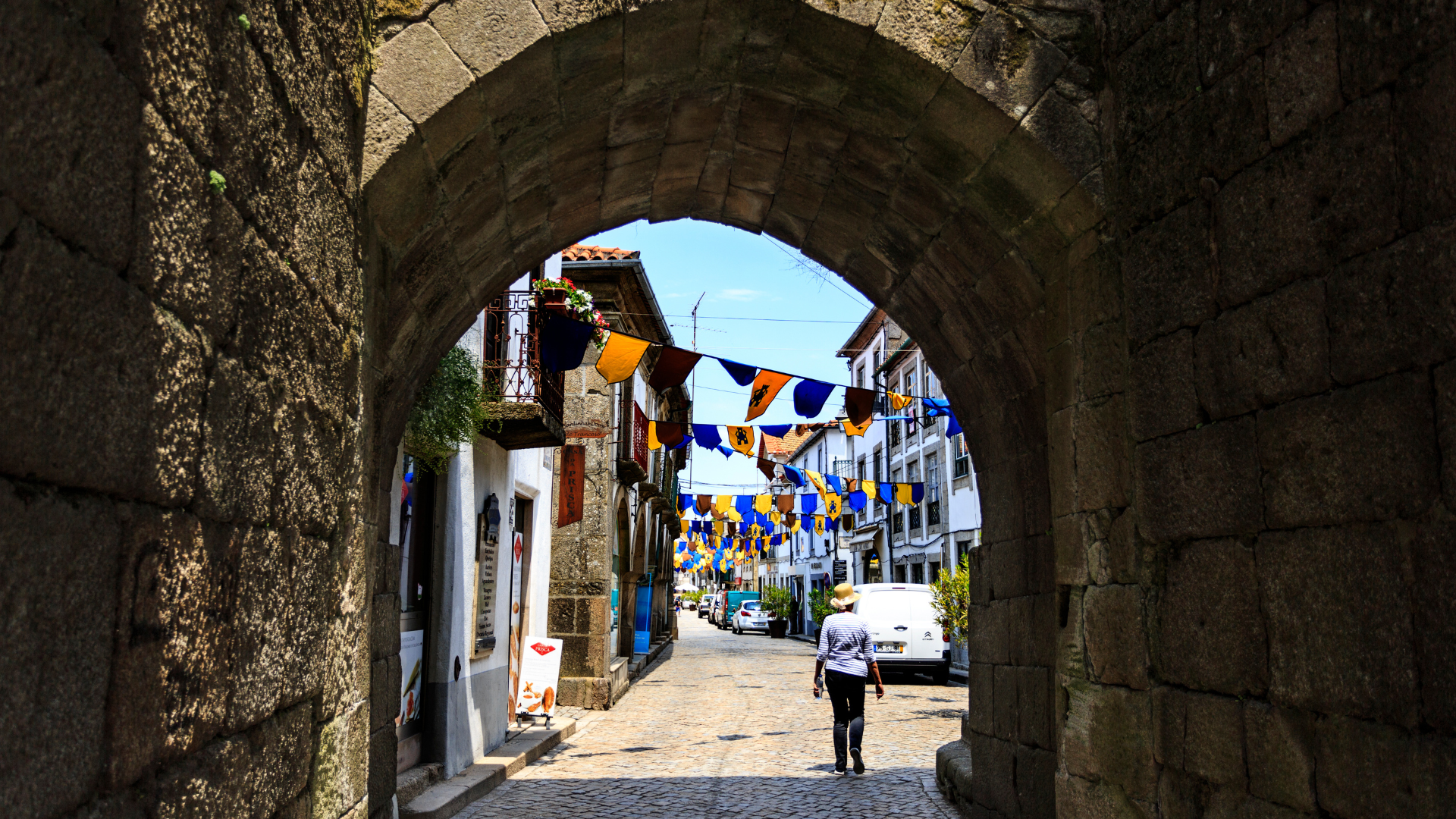
The beautiful Historical Village of Trancoso is protected by walls in the district of Guarda, on the border between Serra da Estrela and the Douro Valley.
You can feel the medieval atmosphere as soon as you pass through one of the main entrance doors in the wall: Porta d'El Rei.
Don't forget to walk along the ramparts and stroll through the Historic Centre. The Trancoso Castle, the Tower, the Old Town Hall and the Chapel of São Bartolomeu are also well worth a visit.
In front of the Paços do Concelho building, you will find the statue of Gonçalo Anes Bandarra, who lived in Trancoso during the 16th century. Bandarra was a poet and shoemaker who became famous for his ballads, also known as "Bandarra's Prophecies", which were forbidden by the Inquisition.
